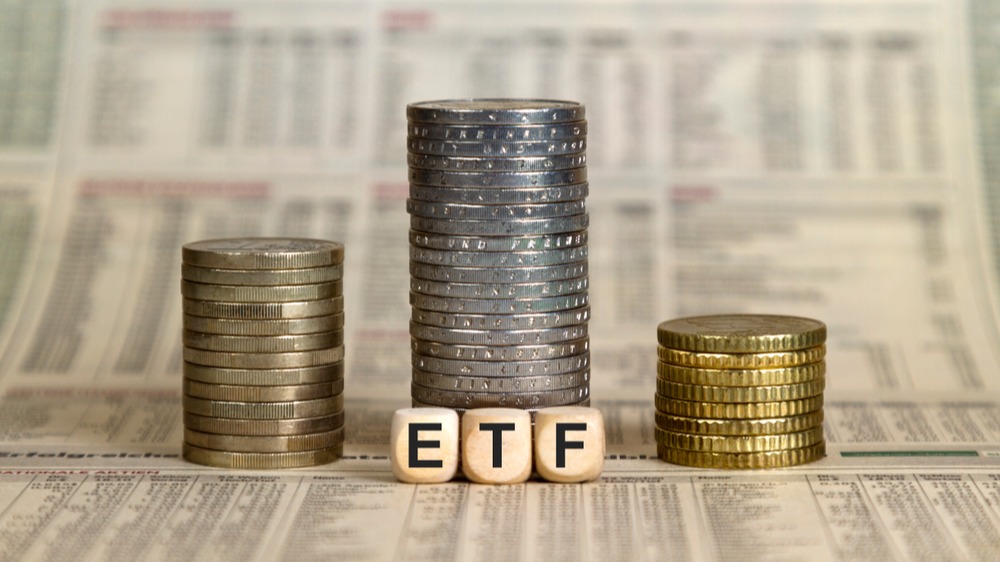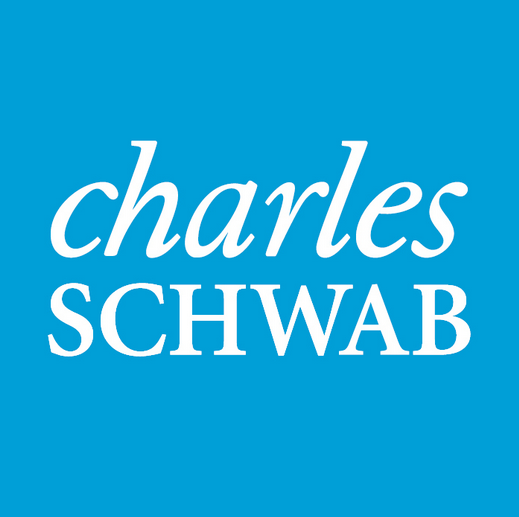Global ETF inflows have surpassed the $1trn mark in a year for the first time in history as rising markets and thematic investment demand draws in a record amount of investor cash.
The milestone was reached at the end of November, overtaking last year’s total of $735.7bn, according to data from Morningstar, with the US accounting for over $800bn of flows alone.
It takes the total assets under management (AUM) of ETFs globally to $9.5trn.
Passive management behemoth Vanguard has raked in almost a third of the flows, overseeing an asset influx of $300bn over the same period, setting a yearly inflow record for a single asset manager, according to data from Bloomberg Intelligence.
Previously, the record was around $200bn, recorded by Vanguard last year and BlackRock in 2020.
Todd Rosenbluth, head of ETF and mutual fund research at CFRA, said: “The rising stock market, combined with a still low interest rate environment has made US equity ETFs particularly appealing.”
Jose Garcia-Zarate, director of passive strategies at Morningstar, added 2021 has been the year of equities on the back of positive sentiment and the rebound of economies in the wake of COVID-19 vaccines.
“With large swathes of money flowing into equity markets, it perhaps comes as no surprise to see the ETF industry posting high-record inflows,” he said.
Market dominance
While Vanguard accounted for almost a third of global ETF inflows this year, BlackRock is edging towards its all-time high at $188.7bn, meaning together the pair account for 55% of all ETF inflows this year.
Garcia-Zarate said: “The bulk of the money continues to go to mainstream products, such as those tracking the S&P 500 or standard bond indices, and here the main passive houses such as Blackrock and Vanguard are very well positioned to benefit.”
The next largest, State Street Global Advisors (SSGA), picked up $73bn in assets followed by Invesco ($46bn), Charles Schwab ($37bn) and First Trust ($23bn).
Michael O’Riordan, founding partner of Blackwater Search & Advisory, argued the continued market dominance of the ‘Big Three’ is a negative for the industry.
“The dominance of BlackRock, Vanguard and SSGA creates a moat around the industry and makes it very difficult for innovators or disrupters to penetrate the market,” he said.
Barbelling flows
However, while money has continued to pile into low cost-broad based ETFs, such as S&P 500 products, more niche areas of the market such as thematic ETFs and active ETFs have started to gain traction, particularly in the US.
Athanasios Psarofagis, ETF analyst at Bloomberg Intelligence, said 2021 has been a year of barbelling flows, with cash flowing into either thematics or cheap beta.
“The middle ground is tough to be as it shows flows just either go into cheap beta or highly concentrated themes,” he said.
This can be seen by the inflows achieved by thematic specialist Global X, recording over $20bn inflows so far this year, almost doubling its assets under management to $43.5bn.
Elsewhere, active ETFs have witnessed a record year for flows, totaling $133.6m to the end of November, far surpassing the $70.4m recorded over 2020, Morningstar data showed.
“In 2021, in the US demand for actively managed ETFs and thematic ETFs including ESG focused ones, accelerated, even as investors continued to use low-cost broad asset allocation products,” Rosenbluth said.
While the more niche active ETFs are gaining traction in the US they still account for just 4.2% of the money in ETFs globally – roughly $392bn – but Garcia-Zarate said this is likely to change.
“Many active houses in the US have surrendered to the appeal of the ETF structure with investors and are now marketing their active strategies via the ETF wrapper in a bid to capture some of these flows,” he said.
“This is why we are seeing active ETFs in the USA gaining some traction, although they still remain a small section of the ETF market as a whole.”
Related articles











